calsfoundation@cals.org
Petit Jean Mountain
Petit Jean Mountain is the name commonly given to the largest portion of the Petit Jean Mountains, a group of connected landforms south and east of the confluence of the Petit Jean River with the Arkansas River. Although other terrain features along the Petit Jean River are also called Petit Jean Mountain, notably the long ridge that culminates near the common corner of Yell, Logan, and Scott counties, this entry discusses the large mesa on the south bank of the Arkansas River in Conway County. It is part of the Arkansas Valley, one of the six natural divisions of Arkansas, and the home of Petit Jean State Park.
A relatively flat top gives Petit Jean elevations that vary from approximately 750 feet above sea level to a high point of 1,207 feet above sea level, or up to nearly 1,000 feet above the Arkansas River Valley. Shaped roughly like a bird’s head, the mountaintop stretches about 5.5 miles from east to west and 2.6 miles from north to south. Cedar Creek flows east to west practically down the center of the mountaintop, draining it and giving it a bowl-like quality. At Cedar Falls, the creek tumbles off a seventy-foot precipice and then meanders through Cedar Creek Canyon into the Petit Jean River to the west.
According to geologists, the reason for the existence of the 8,800-acre plateau is that the top of the mountain itself was once a valley. Millions of years ago, higher elevations to the north and south eroded away, leaving Petit Jean Mountain an erosional remnant with its resistant Hartshorne and Atoka sandstones and shales. This process also deposited materials from these higher formations on what is now the mountain, giving it rich topsoil for farming. Geologic activity also produced on Petit Jean Mountain a series of smaller parallel canyons known as the Seven Hollows, which contain their own waterfalls, a natural arch, and various examples of Liesegang weathering. Petit Jean Mountain also displays a respectable variety of carboniferous-age fossils in eroded areas.
Evidence of Native American occupation of the mountain extends back some 10,000 years, and the mountain boasts nearly a hundred documented archaeological sites, including Arkansas’s largest concentration of aboriginal rock art on its outcrops and in its rock shelters. The discovery of cultivated plant motifs in the rock art suggests that Indians farmed the mountaintop within the last millennium. Many Petit Jean Mountain rock art designs appear similar to those painted on pottery vessels found among the extensive Mississippian Period deposits in Carden Bottom, just off the west end of the mountain, implying a cultural connection between the two areas.
Petit Jean Mountain was a landmark noted by early white explorers of the Arkansas River. Mentions of the mountain by Thomas Nuttall (1819), government surveyor Henry Downs (1821), and the Arkansas Gazette (1821) have the name as Petit John, consistent with the transliteration from French to English of either Petit Jean, a proper name meaning “Little John,” or Petit Jaune, meaning “Little Yellow,” brought to mind by the 1818 Quapaw Treaty map by Colonel Rene Paul referring to the Little Yellow, the name he used to indicate today’s Petit Jean River. Nuttall, as documented in his Journal of Travels into the Arkansas Territory during the Year 1819, climbed the eastern end of Petit Jean Mountain and remarked on its geology: “Towards the southern extremity of the ridge which I ascended, there are several enormous masses of rocks so nicely balanced as almost to appear the work of art; one of them, like the druidical monuments of England, rocked backwards and forwards on the slightest touch.” Nuttall also found evidence of coal, which would spark later interest from geologist Jules Marcou of the U.S. Pacific Railroad Survey and Arkansas’s first state geologist, Dr. David Dale Owen, who both remarked on Petit Jean’s coal in mid-nineteenth-century publications.
The mountain produced more than practical observations, however, as Washington Irving gushed in 1832, “Petit Jean Mountain on the Arkansas—a picturesque line of waving highlands—of mingled rock and cliff and wood, with far bottom below.” In 1853, during the U.S. Pacific Railroad Survey of the thirty-fifth parallel, German artist Heinrich Balduin Möllhausen created a woodcut depiction of the mountain to accompany the survey report. Möllhausen’s work may be the first artistic rendering ever published of Petit Jean Mountain.
Tradition recorded by longtime mountain resident and country physician Dr. T. W. Hardison holds that the first European-American settler on Petit Jean Mountain was a political refugee named Jean La Caze, who fled the French Revolution in about 1790 with his wife and young son, Petit Jean, and settled on the southern brow of the mountain. Early American immigrants reported that La Caze died around 1820, and another quarter century passed before John Walker brought his family from Tennessee and began to farm the center of the mountain. A few years later, in the 1850s, after the Walkers moved away, Owen West and his family occupied Walker’s hand-hewn log cabin that, although removed from its original site, remains on the mountain as of 2011 at the entrance to Petit Jean State Park’s Cedar Creek Hiking Trail.
By the Civil War, Petit Jean still had only five families living on it, and the population grew slowly until railroad land became available in the 1870s and 1880s. Conway County sought settlers to populate the corridor along the new Little Rock (Pulaski County) to Fort Smith (Sebastian County) line, and its advertisement to prospective immigrants included extolling the recreation potential of Petit Jean Mountain. With the encouragement of Morrilton (Conway County) boosters, Michael Broun built Petit Jean’s first resort hotel in 1889.
Benefiting from the offers of cheap railroad land, a German-American Lutheran colony called Wittenberg arose on the mountain in the mid-1880s, and Petit Jean claimed a hundred family farms by 1900. For perhaps seventy-five years, small farm agriculture and orchards flourished on Petit Jean Mountain. By the late 1920s, however, a crash in cotton prices, droughts, and blight and insect infestations, combined with poor soil management practices, took a toll on family farms, and Petit Jean’s population decreased, making land available for other uses.
The Arkansas Young Men’s Christian Association (YMCA) established a camp on the eastern end of the mountain in 1920 on property that had only recently grown apple orchards. Petit Jean’s Dr. Hardison had bigger ideas still and, the next year, influenced Congressman Henderson Madison Jacoway to introduce House Resolution 9086 in the U.S. House of Representatives creating Petit Jean National Park, with the mountain’s rugged Seven Hollows area as its foundation. This action failed, but shortly thereafter, in 1923, Hardison led an effort by a group of local businessmen to donate land in Cedar Creek Canyon to become Arkansas’s first state park by Act 276 of the state legislature.
Depopulation during the Great Depression and World War II struck hard at the mountain community, but as farming diminished, new residents and recreation enthusiasts took up the slack. The Civilian Conservation Corps–constructed park infrastructure drew increasing numbers of visitors, and various commercial enterprises blossomed. In 1953, the widely acclaimed and prolific Arkansas author Bernie Babcock retired from the Museum of Natural History and Antiquities (now Little Rock’s Museum of Discovery), which she founded, and moved to a small cabin on Petit Jean’s east end. She spent the rest of her life and wrote the last of her many books while living on Petit Jean Mountain. That same year, wealthy New Yorker Winthrop Rockefeller came to the mountain and, with a worn-out cotton plantation as its core, built Winrock Farms, a showplace cattle operation featuring the Santa Gertrudis breed. Rockefeller later constructed the Museum of Automobiles on Petit Jean to house his antique car collection, and this facility later became part of the state park. In 1973, the year of Governor Rockefeller’s death, Winrock Farms split into a cattle operation and a philanthropic effort called Winrock International. After Winrock International moved its Petit Jean operation to Little Rock and Washington DC in 2004, the Winthrop Rockefeller Institute of the University of Arkansas was established on the site in 2005.
In the twenty-first century, Petit Jean Mountain is still an area of striking natural beauty and the home of a robust community of people engaged in many endeavors. The population includes significant numbers of retired people, as well as businessmen, farmers, cattlemen, and recreation workers. In addition to the state park, Petit Jean hosts the Episcopal Diocese of Arkansas’s Camp Mitchell on grounds formerly occupied by the YMCA, the Lutheran Camp on Petit Jean, and Petit Jean Mountain facilities of the Arkansas Sky Observatories.
For additional information:
Arkansas Archeological Survey. Rock Art in Arkansas. Popular Series No. 5. Fayetteville: Arkansas Archeological Survey, 2005.
Chandler, Angela. “The Geologic Story of Petit Jean State Park.” Arkansas Geological Survey, 2007. https://www.geology.arkansas.gov/docs/pdf/publication/state_park_series/geology-of-petit-jean-state-park.pdf (accessed February 8, 2022).
“Geologic Map of Petit Jean State Park and Surrounding Area.” Arkansas Geological Survey, 2007. https://www.geology.arkansas.gov/maps-and-data/geologic_maps/DGM-SPS-002-geologic-map-of-petit-jean-state-park-and-surrounding-area.html (accessed February 8, 2022).
George Reynolds Collection. University of Arkansas at Little Rock Special Collections, Little Rock, Arkansas.
Hardison, T. W. A Place Called Petit Jean: Some Legends. Little Rock: Democrat Publishing Company, 1955.
Hardison, T. W. A Place Called Petit Jean: The Mountain and Man’s Mark. Little Rock: Democrat Publishing Company, 1955.
Rock Art in Arkansas. https://archeology.uark.edu/ozarkbluffshelters/archeological-sites/rock-art/ (accessed February 8, 2022).
T. W. Hardison Collection. Arkansas State Archives, Little Rock, Arkansas.
Turner, Marguerite. Petit Jean: A Girl, A Mountain, A Community. Morrilton: Hurley Publishing Company, 1955.
Donald Higgins
Petit Jean Mountain, Arkansas

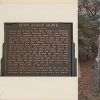

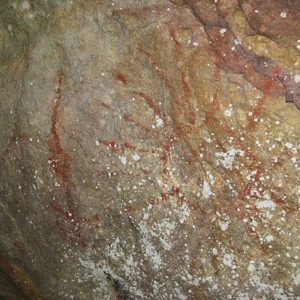
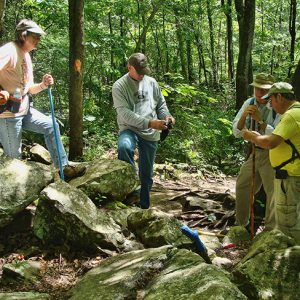
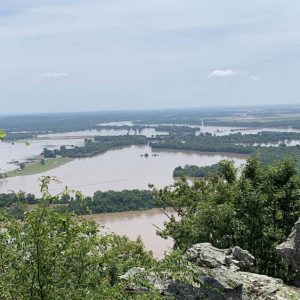
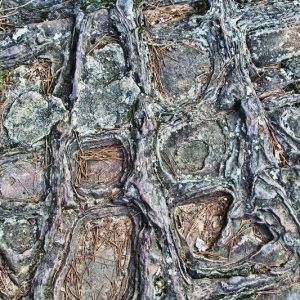
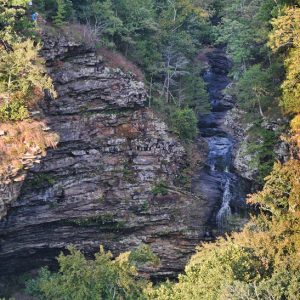
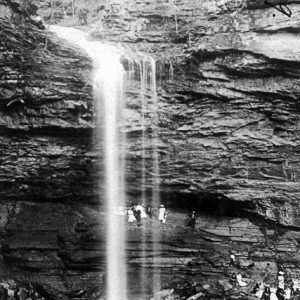


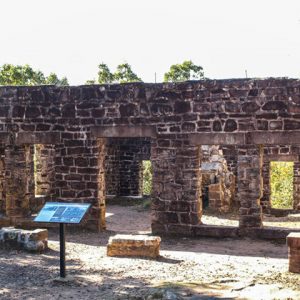


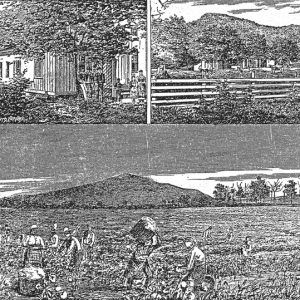
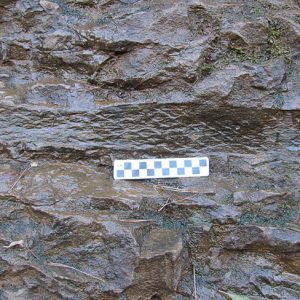
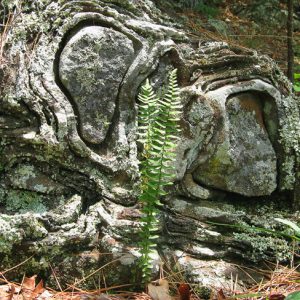
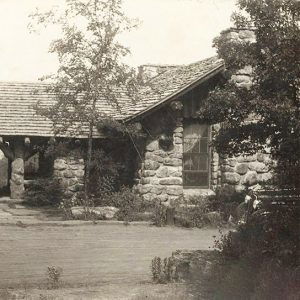
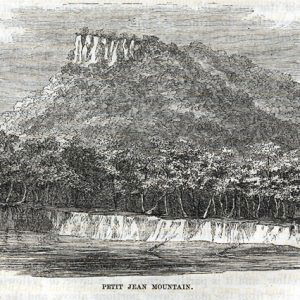
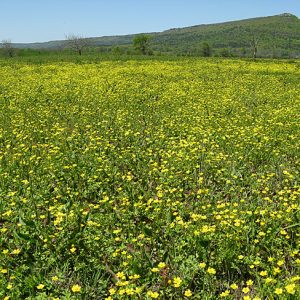
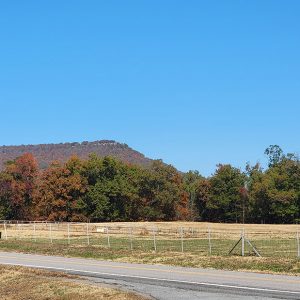
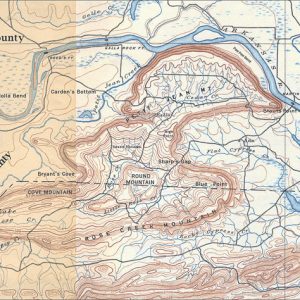
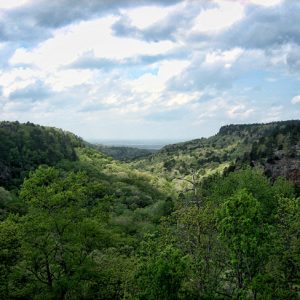

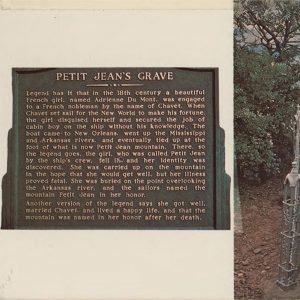
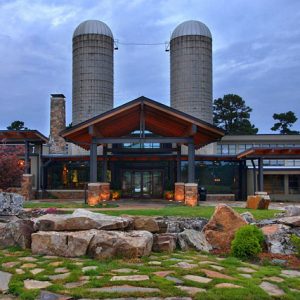




Comments
No comments on this entry yet.